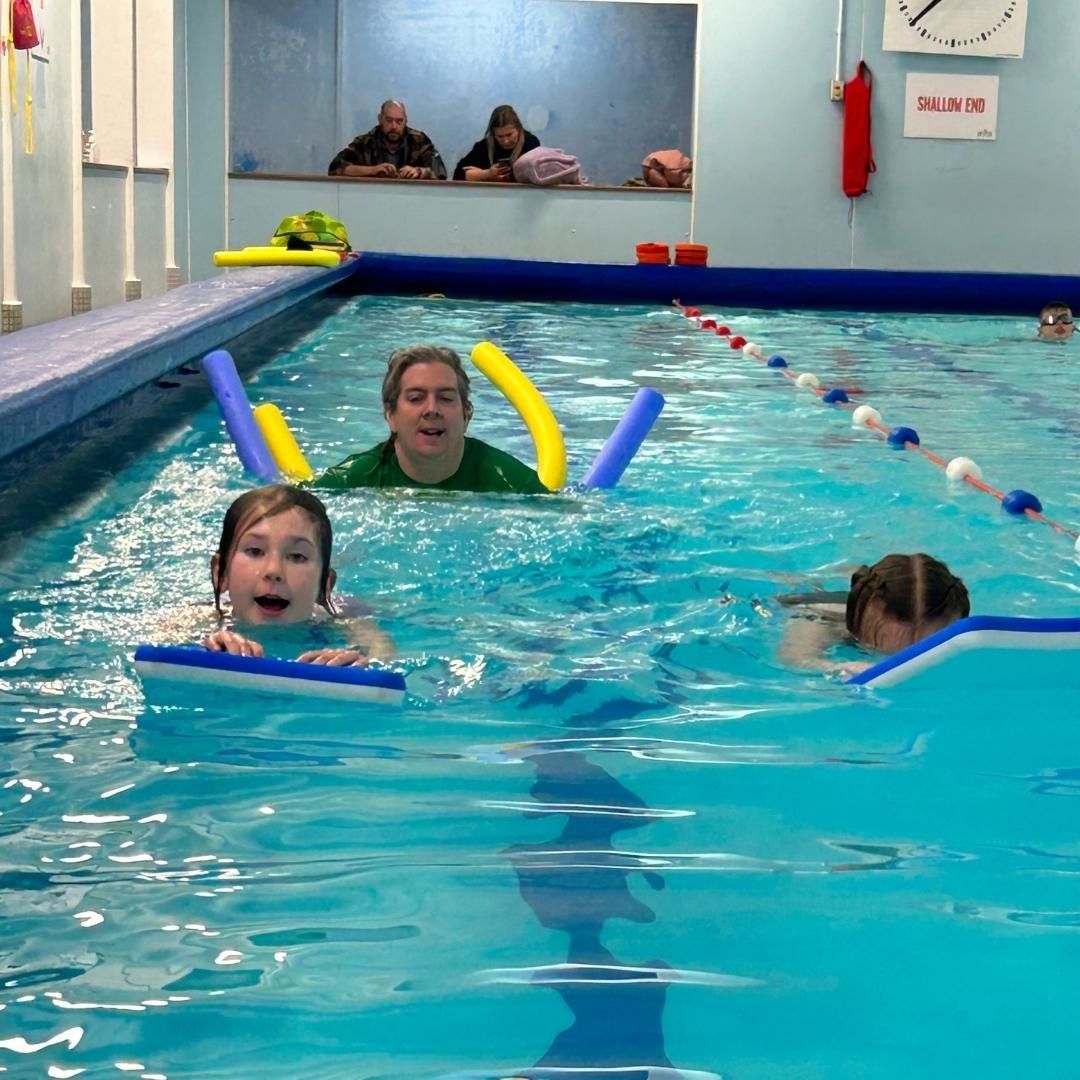
Level Water Swim Teacher Q&A
Swim teacher Q&A: Should we be using equipment when learning to swim?
Level Water are an incredible charity who provide 1:1 swimming lessons for children with disabilities across the UK. This Learn to Swim Day, we have collaborated with our friends at Level Water to bring you their top advice for parents, children and swim teachers for getting children with disabilities learning to swim.
What are the benefits of using equipment during your swimming lessons?
When delivering lessons the use of equipment is essential to provide support to swimmers to develop their skills, assist in your delivery of activities and add an element of fun. The more equipment you can use in lessons the better to keep your delivery varied and your swimmers engaged. The more your swimmers enjoy the lesson the quicker they will progress.
What are some of the most effective pieces of adapted swimming equipment that you have come across in your teaching experience?
Well, firstly, I would avoid using the phrase adapted swimming equipment as my advice is to always look at the available equipment you have and see if you can use it in different ways. If this doesn’t work or if there’s a really specific piece of equipment you may need, then there are plenty of catalogues and equipment stores that may be beneficial to the swimmer.
Suggested equipment you might use in lessons are: floats, pull boys, fins, arm bands, discs, zoodles, dive rings, dive sticks, egg flips, squirty toys and balls but please don't be limited to just this list. You can speak to the children, families, other teachers, Level Water, anyone to help find potential solutions..
Interesting, so how can you adapt current equipment to make sure it’s effective?
When delivering lessons to a child with a physical disability you may need to use equipment in a different way to that which it has been designed for. For example if a child is struggling to hold a float to kick on their back why not try a pull buoy as they may find this easier to hold. If they are unable to hold a float on their front, think about using a fixed aid such as a Shark fin, floatation discs or armbands to provide them with support to develop their leg kick even if this is not something you normally use in your lessons. The only way to find out if a piece of equipment will meet the needs of your swimmer is to try it so don't be afraid to experiment until you find something that meets your swimmer's needs (just ensure your swimmer's safety at all time), you will gain experience from the process!


What about Zoodles?
Zoodles are great!
- Could you use two zoodles linked with a dive ring at each end to make a banana boat to provide a fun way to support a swimmer in the water?
- Could you knot a zoodle so your swimmer can imagine they are using a motorbike/jetski to kick across the pool rather than a float?
- Could you get your swimmer to put the zoodle between their legs and jump across the pool riding a seahorse? This is a great activity to provide extra support to children with disabilities affecting the strength in their legs to allow them to work on developing their strength & mobility.
- Could you use a knotted zoodle to allow a child who cannot grip a float due to their disability to rest their hand/arm in the noodle to provide support?
Any other advice for teachers when using equipment for adapted swimming?
Yes, always make sure you ask your swimmers what they enjoyed at the end of the lesson. If they enjoyed using a certain type of equipment in the lesson you can make a note of this and use this in your future delivery to ensure you are delivering a lesson that keeps them engaged and wanting to return to lessons every week to keep having fun and developing their skills.












